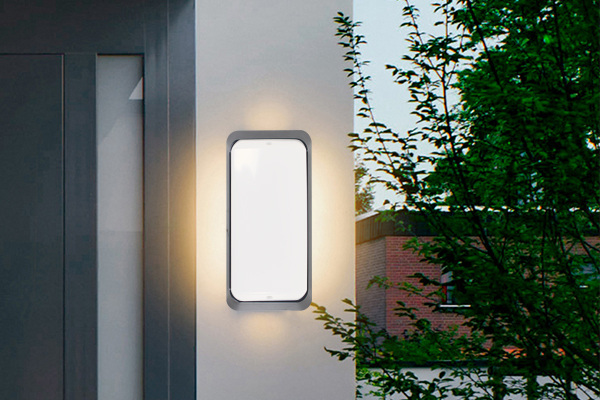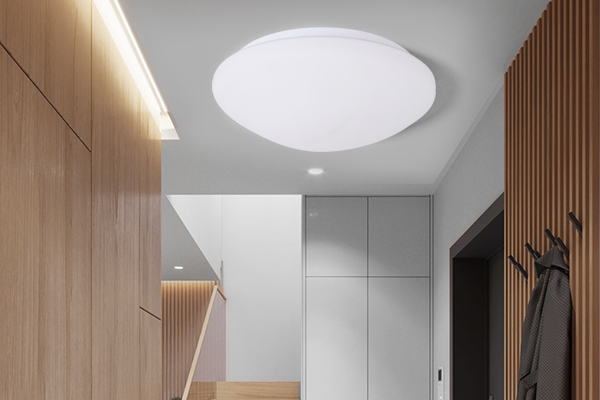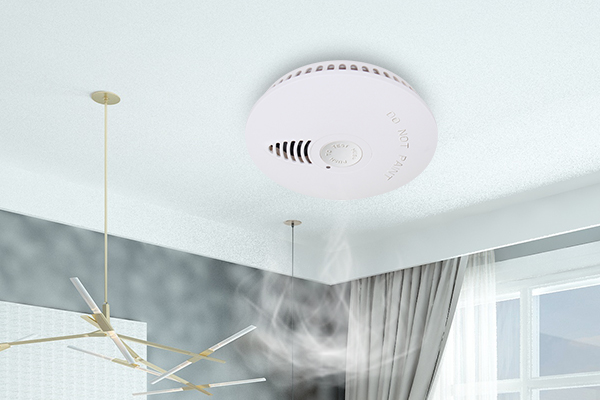Jaki byłby świat bez czujników
Jeśli chodzi oczujniki, ludzie zwykle więcej słyszą, a mniej widzą. W rzeczywistości, wraz z rosnącym rozwojem technologii czujników, jej scenariusze zastosowań przeniknęły do technologii wojskowych, energetycznych, robotyki, automatyki, ochrony środowiska, transportu, medycyny i chemii, sprzętu AGD i teledetekcji.
Ponadto technologia teledetekcji jest wykorzystywana do wykrywania na dużą skalę obiektów i ich stanów na dużych obszarach z dużej odległości od samolotów, sztucznych satelitów, statków kosmicznych i statków.
2. Application of czujniki in robots
In places with high labor intensity or dangerous operations and some high-speed, high-precision jobs, robots have gradually been used to replace human jobs. But to make the functions of robots and humans closer, it is necessary to install visual czujniki and tactile czujniki on the robots, so that the robots can recognize and detect objects through vision, and produce pressure, force, sliding feeling and weight on objects through touch feeling.
3. Application of czujniki in industrial automatic control systems
Czujniki są podstawowym ogniwem automatycznego wykrywania i automatycznego sterowania. Jeśli nie ma czujnika do dokładnego i niezawodnego pomiaru oryginalnych informacji (sygnałów lub parametrów), niemożliwe jest osiągnięcie automatyzacji od ekstrakcji sygnału, konwersji, przetwarzania do produkcji lub sterowania. Widać, że czujnik jest niezbędny w automatycznym układzie sterowania.
4. Zastosowanieczujnikiw ochronie środowiska
Global air pollution, water pollution and noise have severely damaged the ecological balance of the earth and the environment on which we depend. In order to protect the environment, various environmental monitoring instruments made of czujniki are playing an active role. Such as the use of biological czujniki to monitor water quality, the detection of the amount of sewage in the sewage monitoring system, the identification of sewage components, etc., all use czujniki to monitor.
5. Zastosowanieczujnikiw medycynie
Sensors can be usedw medycynie to perform difficult diagnosis on the surface and internal temperature of the human body, blood pressure, intracavity pressure, blood and respiratory flow, tumor, blood analysis, pulse and heart sounds, and heart and brain waves. It plays a role in a wide range of early diagnosis, early treatment, remote diagnosis and the development of artificial organs.
6. Zastosowanieczujnikiw transporcie
Sensors are also widely usedw transporcie. Sensors are used in vehicle transportation to detect the number of axles, wheelbase, vehicle speed monitoring, vehicle classification, dynamic weighing, toll station scales, red light shooting, parking area monitoring, and traffic information collection (road monitoring) ) And airport taxiways. In vehicles, it is not only limited to the monitoring of driving speed, driving distance and engine rotation speed, but also used for safety monitoring, such as car airbag systems, anti-theft devices, anti-skid control systems, anti-lock braking devices, electronic transmission control devices, Exhaust gas circulation devices, electronic fuel injection devices, and automobile "black boxes" have all been put into practical use.
7. Zastosowanieczujnikiw codziennym życiu
Sensors can be seen everywhere in our daily lives. For example, czujniki are used in household appliances: temperature czujniki in refrigerators and rice cookers, temperature and humidity czujniki in air conditioners, liquid level czujniki in washing machines, and gas leak czujniki in gas stoves. , Water meters, electricity meters, infrared remote controls in TVs and DVD players, light czujniki in cameras, fuel gauges and speedometers in cars, etc.
1. Zastosowanieczujnikiw dziedzinie lotnictwa
In addition to the use of czujniki to measure speed, acceleration, and flight distance, the spacecraft's flight direction, flight attitude, flight environment, the status of the aircraft itself, and the monitoring of internal equipment must also be detected by czujniki, as well as the internal environment of the spacecraft (such as Humidity, temperature, air composition, etc.) must be detected by czujniki.Ponadto technologia teledetekcji jest wykorzystywana do wykrywania na dużą skalę obiektów i ich stanów na dużych obszarach z dużej odległości od samolotów, sztucznych satelitów, statków kosmicznych i statków.
2. Application of czujniki in robots
In places with high labor intensity or dangerous operations and some high-speed, high-precision jobs, robots have gradually been used to replace human jobs. But to make the functions of robots and humans closer, it is necessary to install visual czujniki and tactile czujniki on the robots, so that the robots can recognize and detect objects through vision, and produce pressure, force, sliding feeling and weight on objects through touch feeling.
3. Application of czujniki in industrial automatic control systems
Czujniki są podstawowym ogniwem automatycznego wykrywania i automatycznego sterowania. Jeśli nie ma czujnika do dokładnego i niezawodnego pomiaru oryginalnych informacji (sygnałów lub parametrów), niemożliwe jest osiągnięcie automatyzacji od ekstrakcji sygnału, konwersji, przetwarzania do produkcji lub sterowania. Widać, że czujnik jest niezbędny w automatycznym układzie sterowania.
4. Zastosowanieczujnikiw ochronie środowiska
Global air pollution, water pollution and noise have severely damaged the ecological balance of the earth and the environment on which we depend. In order to protect the environment, various environmental monitoring instruments made of czujniki are playing an active role. Such as the use of biological czujniki to monitor water quality, the detection of the amount of sewage in the sewage monitoring system, the identification of sewage components, etc., all use czujniki to monitor.
5. Zastosowanieczujnikiw medycynie
Sensors can be usedw medycynie to perform difficult diagnosis on the surface and internal temperature of the human body, blood pressure, intracavity pressure, blood and respiratory flow, tumor, blood analysis, pulse and heart sounds, and heart and brain waves. It plays a role in a wide range of early diagnosis, early treatment, remote diagnosis and the development of artificial organs.
6. Zastosowanieczujnikiw transporcie
Sensors are also widely usedw transporcie. Sensors are used in vehicle transportation to detect the number of axles, wheelbase, vehicle speed monitoring, vehicle classification, dynamic weighing, toll station scales, red light shooting, parking area monitoring, and traffic information collection (road monitoring) ) And airport taxiways. In vehicles, it is not only limited to the monitoring of driving speed, driving distance and engine rotation speed, but also used for safety monitoring, such as car airbag systems, anti-theft devices, anti-skid control systems, anti-lock braking devices, electronic transmission control devices, Exhaust gas circulation devices, electronic fuel injection devices, and automobile "black boxes" have all been put into practical use.
7. Zastosowanieczujnikiw codziennym życiu
Sensors can be seen everywhere in our daily lives. For example, czujniki are used in household appliances: temperature czujniki in refrigerators and rice cookers, temperature and humidity czujniki in air conditioners, liquid level czujniki in washing machines, and gas leak czujniki in gas stoves. , Water meters, electricity meters, infrared remote controls in TVs and DVD players, light czujniki in cameras, fuel gauges and speedometers in cars, etc.
Powiązane artykuły
Powrót










